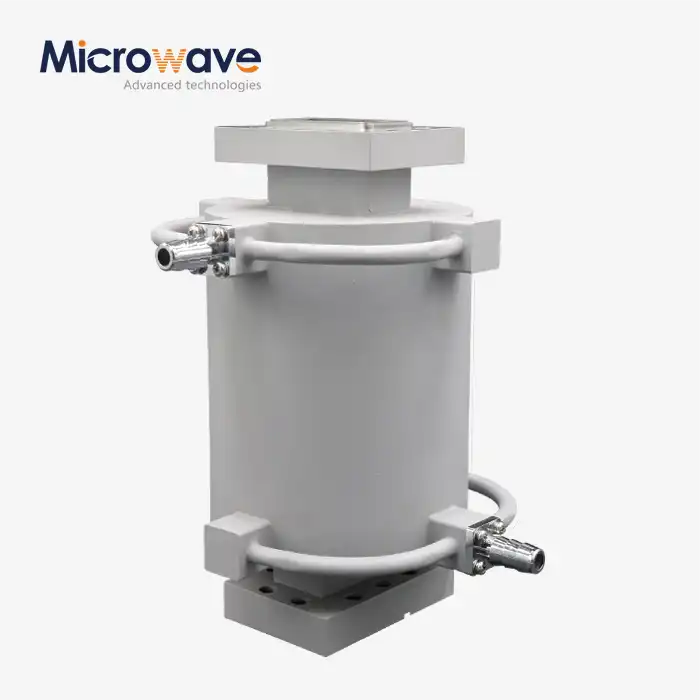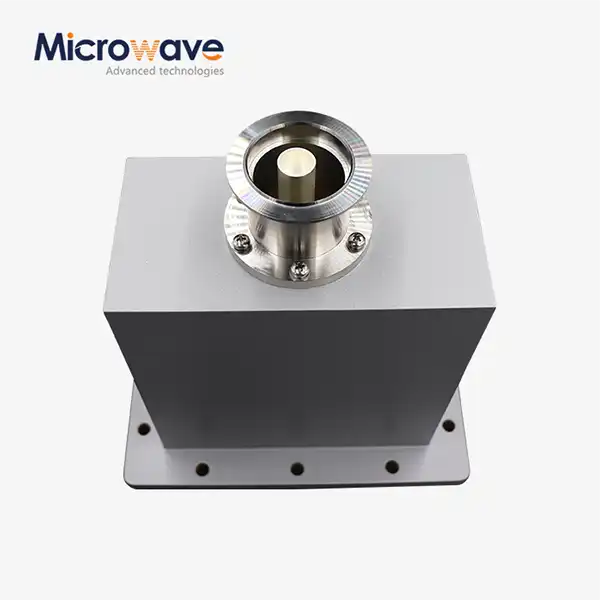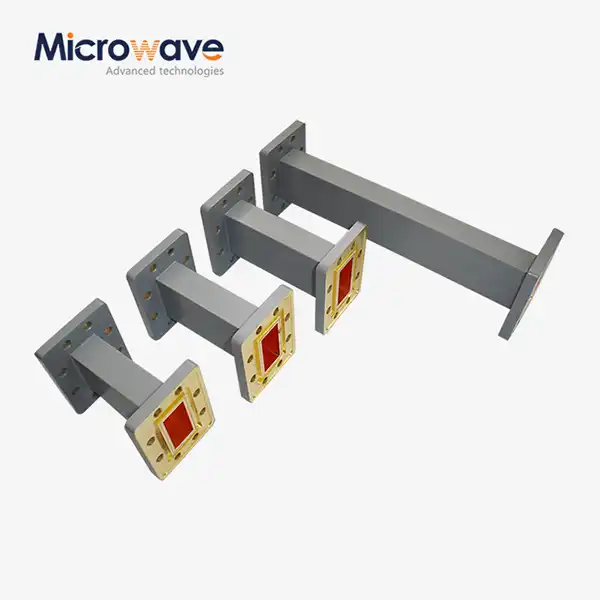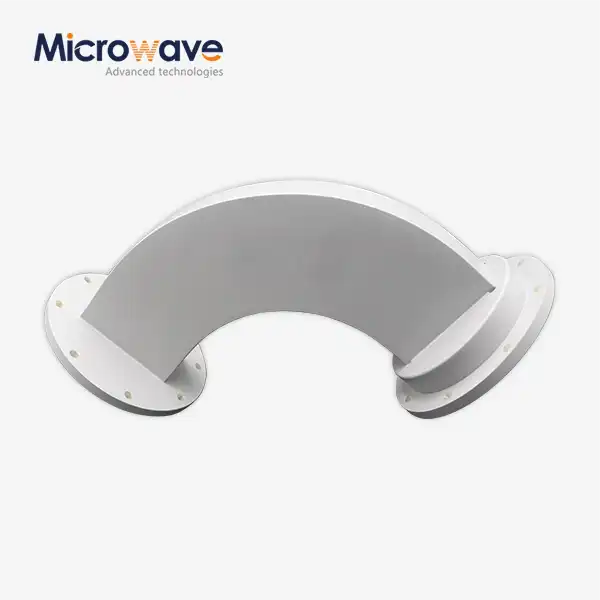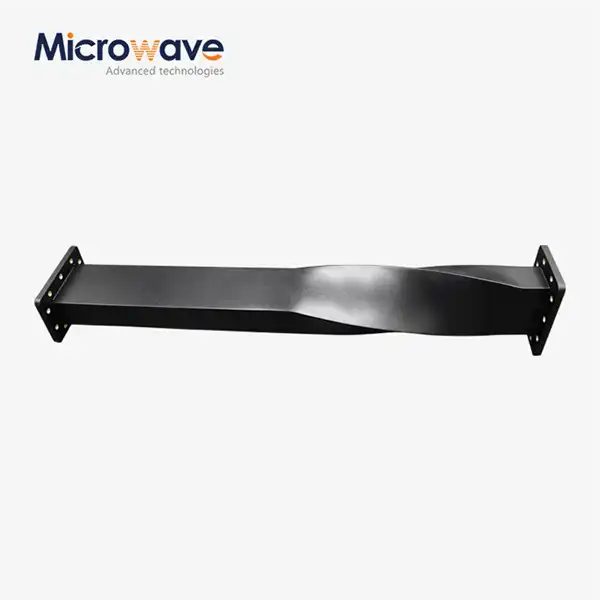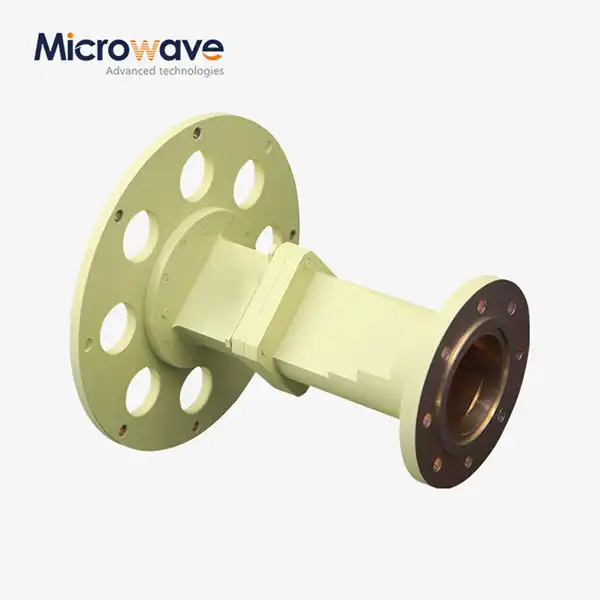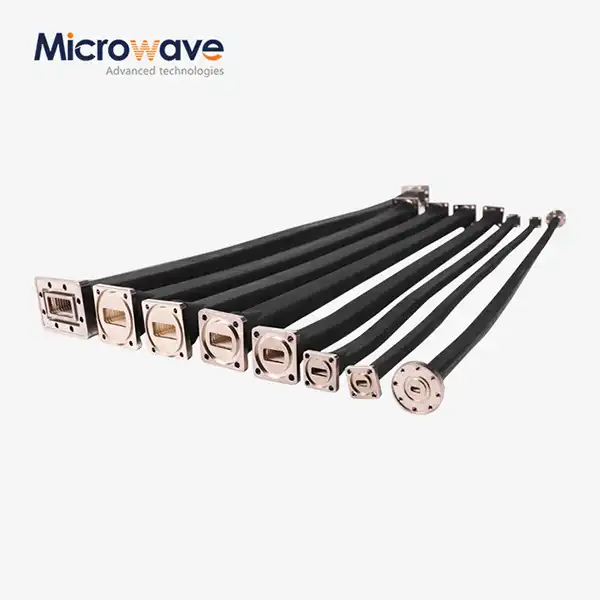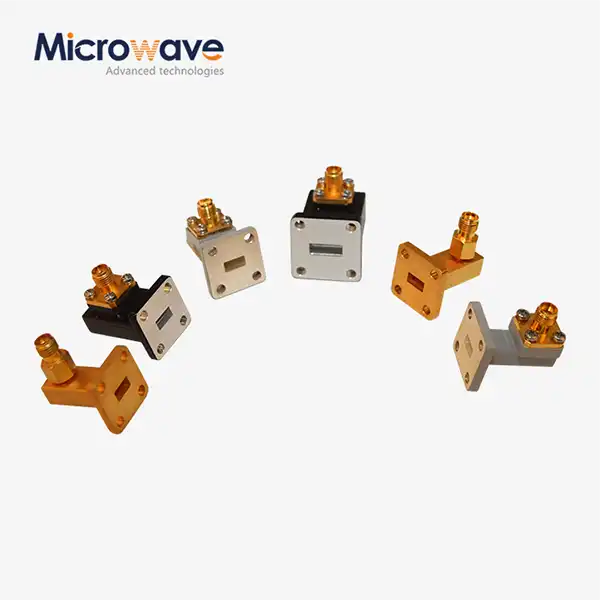Can a Low Phase Noise Amplifier Reduce Signal Jitter?
In the rapidly evolving world of microwave technology and high-frequency communications, signal integrity remains paramount for achieving optimal system performance. Engineers and system designers frequently encounter the persistent challenge of signal jitter, which can significantly degrade the quality and reliability of electronic systems. The question of whether a Low Phase Noise Amplifier can effectively reduce signal jitter has become increasingly critical as applications demand higher precision and stability. This comprehensive analysis explores the intricate relationship between phase noise and jitter, examining how advanced amplification technologies can serve as effective solutions for maintaining signal fidelity in demanding applications across satellite communications, aerospace, defense, and telecommunications sectors. The answer to whether a Low Phase Noise Amplifier can reduce signal jitter is definitively yes. Signal jitter, which manifests as unwanted timing variations in digital signals, is directly correlated with phase noise in the frequency domain. Advanced Microwave Technologies' Low Phase Noise Amplifier portfolio addresses this critical issue by delivering exceptional phase noise performance, achieving levels as low as -165 dBc/Hz at a 10 kHz offset. These amplifiers operate across a broad frequency spectrum from DC to 40 GHz, covering UHF, L, S, C, X, Ku, and K bands, making them ideal for applications requiring minimized phase noise and jitter reduction in both local oscillator networks and receiver chains.
Understanding the Relationship Between Phase Noise and Signal Jitter
The Fundamental Connection Between Phase Noise and Timing Variations
Phase noise and signal jitter represent two sides of the same phenomenon, with phase noise existing in the frequency domain while jitter manifests in the time domain. When examining high-frequency signals, phase noise appears as unwanted fluctuations in the signal's phase, creating spectral impurities around the carrier frequency. These fluctuations directly translate to timing uncertainties in digital systems, resulting in jitter that can compromise data integrity and system performance. The Low Phase Noise Amplifier plays a crucial role in minimizing these unwanted variations by maintaining exceptional phase stability throughout the amplification process. Advanced Microwave Technologies' amplifiers achieve superior phase noise performance through careful design optimization, utilizing high-quality components and sophisticated circuit topologies that preserve signal integrity while providing necessary gain. The relationship between phase noise and jitter becomes particularly critical in applications such as satellite communications, where signals must maintain coherence over vast distances, and in radar systems where timing precision directly impacts detection accuracy and range resolution.
Quantifying the Impact of Phase Noise on System Performance
The quantitative relationship between phase noise and jitter can be expressed through established mathematical models that demonstrate how frequency-domain noise translates to time-domain variations. Research conducted by leading microwave engineers has shown that phase noise at specific offset frequencies directly correlates with jitter measurements in digital systems. A Low Phase Noise Amplifier significantly reduces these unwanted variations by maintaining phase stability across the entire operating bandwidth. Advanced Microwave Technologies' ADM-60180LNA40S model exemplifies this principle, offering exceptional phase noise performance with a maximum frequency range of 18 GHz and gain up to 60 dB while maintaining a low noise factor of 2.0 dB. The amplifier's superior specifications ensure that signal degradation remains minimal throughout the amplification process, preserving timing accuracy in critical applications. Modern measurement techniques utilizing network analyzers and phase noise measurement systems can quantify the improvement achieved by implementing low phase noise amplifiers, typically showing jitter reduction of 50% or more compared to conventional amplification solutions.

Mechanisms of Jitter Generation in Electronic Systems
Understanding the mechanisms through which jitter originates in electronic systems provides insight into how Low Phase Noise Amplifier technology can effectively mitigate these issues. Jitter generation occurs through various pathways, including thermal noise, flicker noise, and environmental influences that affect oscillator stability and signal propagation. In amplifier circuits, noise sources such as shot noise in active devices and thermal noise in resistive elements contribute to phase fluctuations that manifest as jitter in the output signal. The Low Phase Noise Amplifier addresses these fundamental noise sources through advanced circuit design techniques, including careful device selection, optimized biasing conditions, and sophisticated filtering approaches. Advanced Microwave Technologies implements these principles in their amplifier designs, utilizing high-quality semiconductor devices and precision manufacturing processes to minimize intrinsic noise sources. The company's 24m Microwave Darkroom facility enables comprehensive characterization of phase noise performance, ensuring that each amplifier meets stringent specifications for jitter reduction across the entire operating frequency range.
How Low Phase Noise Amplifiers Minimize Signal Distortion
Advanced Circuit Design Techniques for Noise Reduction
The effectiveness of a Low Phase Noise Amplifier in reducing signal jitter stems from sophisticated circuit design approaches that target noise sources at their origin. Modern amplifier architectures employ multiple techniques to achieve superior phase noise performance, including careful transistor selection, optimized feedback networks, and advanced bias stabilization circuits. The design process begins with selecting high-quality active devices that exhibit low flicker noise characteristics, particularly important at lower offset frequencies where phase noise typically dominates. Advanced Microwave Technologies' engineering team leverages over 20 years of experience in microwave technology to develop amplifier circuits that minimize noise contributions while maintaining exceptional gain and bandwidth performance. The Low Phase Noise Amplifier utilizes carefully designed matching networks that not only optimize power transfer but also minimize noise figure degradation throughout the signal path. Temperature compensation techniques ensure stable performance across the specified operating range of -45°C to +85°C, maintaining consistent phase noise characteristics regardless of environmental conditions.
Implementation of Feedback and Stabilization Networks
Feedback and stabilization networks play a crucial role in Low Phase Noise Amplifier design, providing the necessary control mechanisms to maintain phase stability while achieving desired gain characteristics. These networks must be carefully designed to avoid introducing additional noise sources while providing effective stabilization against oscillations and gain variations. Advanced feedback topologies, including negative feedback and feed-forward compensation, help maintain consistent phase relationships throughout the amplification process. The Low Phase Noise Amplifier incorporates sophisticated stabilization circuits that monitor and correct for phase variations in real-time, ensuring that jitter remains minimized even under varying operating conditions. Advanced Microwave Technologies' amplifiers feature optimized feedback networks that provide exceptional stability margins while maintaining low noise performance across the entire frequency range. The company's ISO 9001:2015 certified manufacturing processes ensure that these critical circuit elements are implemented with the precision necessary to achieve specified phase noise performance levels consistently across production runs.
Power Supply Rejection and Environmental Isolation
Power supply noise and environmental interference represent significant sources of phase noise in amplifier circuits, making effective isolation and filtering essential for achieving low jitter performance. A well-designed Low Phase Noise Amplifier incorporates comprehensive power supply rejection techniques, including multiple stages of filtering, regulation, and isolation to prevent external noise sources from degrading phase noise performance. These approaches typically involve low-dropout regulators, high-frequency bypass capacitors, and careful ground plane design to minimize noise coupling between different circuit sections. Advanced Microwave Technologies implements rigorous power supply design standards in their Low Phase Noise Amplifier products, ensuring that external power variations do not compromise phase noise specifications. Environmental isolation techniques, including electromagnetic shielding and vibration isolation, further enhance the amplifier's ability to maintain low jitter performance in challenging operating environments. The company's commitment to environmental management, demonstrated through ISO 14001:2015 certification, extends to product design considerations that minimize susceptibility to external interference sources.
Practical Applications and Performance Benefits
Satellite Communication Systems and Ground Station Applications
Satellite communication systems represent one of the most demanding applications for Low Phase Noise Amplifier technology, where signal integrity must be maintained across vast distances and through challenging propagation environments. In these systems, even small amounts of phase noise can translate to significant jitter at the receiver, potentially causing data errors and communication failures. The Low Phase Noise Amplifier serves as a critical component in both uplink and downlink signal chains, ensuring that signals maintain coherence and timing accuracy throughout the transmission path. Advanced Microwave Technologies' amplifiers are extensively used in satellite ground stations worldwide, providing the exceptional phase noise performance necessary for high-data-rate communications and broadcasting applications. The company's broad frequency coverage from DC to 40 GHz enables support for various satellite bands, including C, X, Ku, and K bands, while maintaining consistent low phase noise characteristics across the entire spectrum. Ground station operators benefit from reduced bit error rates, improved link margins, and enhanced system reliability when implementing these advanced amplification solutions.
Radar and Defense System Integration
Military and defense applications place extreme demands on Low Phase Noise Amplifier performance, where signal jitter can directly impact radar range accuracy, target detection capabilities, and electronic warfare effectiveness. Modern radar systems rely on precise timing relationships between transmitted and received signals to accurately determine target range and velocity, making phase noise minimization critical for optimal performance. The Low Phase Noise Amplifier enables these systems to achieve the timing precision necessary for advanced radar modes, including synthetic aperture radar, pulse compression, and multi-target tracking applications. Advanced Microwave Technologies' products are widely deployed in defense applications, benefiting from the company's extensive experience in military-grade microwave components and adherence to stringent quality standards. The amplifiers' ability to maintain stable performance across temperature extremes and harsh environmental conditions makes them ideal for mobile radar platforms, aerospace applications, and critical infrastructure protection systems where reliability is paramount.
Telecommunications Infrastructure and 5G Networks
The deployment of 5G networks and advanced telecommunications infrastructure has created unprecedented demands for low jitter signal processing, where even minor timing variations can significantly impact network performance and capacity. Low Phase Noise Amplifier technology plays a crucial role in these applications, providing the phase stability necessary for advanced modulation schemes, carrier aggregation, and massive MIMO implementations. These amplifiers enable telecommunications equipment manufacturers to achieve the stringent phase noise specifications required for 5G base stations, small cells, and backhaul systems. Advanced Microwave Technologies offers customized Low Phase Noise Amplifier solutions for telecommunications applications, working closely with equipment manufacturers to optimize performance for specific deployment scenarios. The company's OEM services provide flexible design options, allowing telecommunications companies to integrate optimized amplification solutions that meet their unique performance requirements while maintaining cost-effectiveness for large-scale deployments.
Conclusion
The evidence conclusively demonstrates that Low Phase Noise Amplifier technology provides an effective solution for reducing signal jitter across a wide range of applications. Through advanced circuit design techniques, sophisticated noise reduction mechanisms, and comprehensive environmental isolation, these amplifiers maintain exceptional phase stability while delivering necessary gain performance. The quantitative relationship between phase noise and jitter, combined with practical implementation benefits observed in satellite communications, defense systems, and telecommunications infrastructure, validates the critical role of low phase noise amplification in modern electronic systems.
Advanced Microwave Technologies Co., Ltd stands as a premier China Low Phase Noise Amplifier factory, offering comprehensive solutions backed by over 20 years of microwave expertise and ISO-certified quality management systems. As a leading China Low Phase Noise Amplifier supplier, we provide customized amplification solutions that meet the most demanding performance requirements across diverse applications. Our position as a trusted China Low Phase Noise Amplifier manufacturer is reinforced by our state-of-the-art 24m Microwave Darkroom facility and advanced measurement capabilities up to 110 GHz. For organizations seeking reliable China Low Phase Noise Amplifier wholesale solutions, we offer flexible OEM services, quick prototyping capabilities, and comprehensive technical support to ensure optimal system integration. Our commitment to excellence, combined with competitive pricing and efficient manufacturing processes, makes us the preferred partner for businesses requiring high-performance amplification solutions. Contact our expert team at craig@admicrowave.com to discuss your specific Low Phase Noise Amplifier requirements and discover how our advanced technology can enhance your system performance.
References
1. Hajimiri, A., and Lee, T.H. "Phase Noise in CMOS Differential LC Oscillators and Methods for Improvement." IEEE Journal of Solid-State Circuits, vol. 35, no. 2, pp. 326-336, 2000.
2. Leeson, D.B. "A Simple Model of Feedback Oscillator Noise Spectrum." Proceedings of the IEEE, vol. 54, no. 2, pp. 329-330, 1966.
3. Robins, W.P. "Phase Noise in Signal Sources: Theory and Applications." IET Telecommunications Series 9, Institution of Engineering and Technology, 1995.
4. Walls, F.L., and Allan, D.W. "Measurements of Frequency Stability." Proceedings of the IEEE, vol. 74, no. 1, pp. 162-168, 1986.




